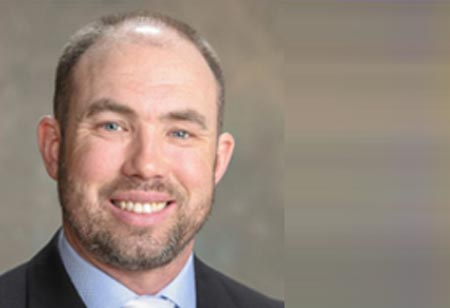Thank you for Subscribing to Healthcare Business Review Weekly Brief

Navigating the Pathways of Healthcare Leadership: Concepts, Communication, and Credibility
Healthcare Business Review
In the world of healthcare leadership, two distinct pathways have emerged as prominent routes to leadership positions. On one hand, there are healthcare providers—physicians, nurse practitioners, nurses—who find themselves thrust into leadership roles without extensive training in management. On the other hand, there are individuals equipped with strong leadership and management skills but lacking direct healthcare experience. These two pathways, although not the only ones, have become prevalent in the field of healthcare leadership.
Throughout history, the significance of leadership has driven the emergence of valuable concepts that find relevance for both groups. Those who have gone before in healthcare leadership have either been instructed or uncovered many of these concepts through their own experiences. Within the outlined concepts several have demonstrated exceptional value.
Firstly, being value-added. It involves actively contributing to solutions and being willing to step out of one's comfort zone. While it is natural to feel uncomfortable in such situations, the key is to not only accept not knowing the answer but also actively seek out the information required. Taking advantage of opportunities as they arise, combined with hard work, sets the foundation for success in any endeavor.
Making decisions is another critical aspect of healthcare leadership. Avoiding decision paralysis is essential, as inaction often leads to failure. Leaders are encouraged to strike a balance between intuition and information. The 70- 70-70 rule, derived from high-stakes environments such as the military, suggests that when leaders possess 70 percent of the necessary information, resources, and confidence in the decision's viability, they should move forward.
Having a methodology is instrumental in problem-solving. Several methodologies are available, such as Lean Six Sigma, Scrum, Kanban, and military decision-making and planning. Choosing the appropriate methodology depends on the situation at hand. It is important to recognize that no single methodology fits every circumstance, and adaptability is key
Effective communication plays a pivotal role in leadership positions.It is of utmost importance for leaders to establish and maintain strong lines of communication with their team members who are directly involved in the work. By engaging in open and regular communication with the team, leaders can tap into the expertise and insights of these individuals. Equally important is the need to communicate with senior leaders, keeping them informed about the team's progress and ensuring alignment with the broader organizational mission and vision. Effective communication with senior leaders is also crucial for advocating for necessary resources and support.
When it comes to written communication, it is worth noting that senior leaders often only read the first one or two sentences of an email or correspondence. Traditionally, these initial sentences contain pleasantries, while the main point or the ‘bottom line’ of the message is buried towards the end. To address this issue, adopting a Bottom-Line Up Front (BLUF) approach can greatly enhance communication effectiveness. By placing the main point or key message at the beginning of the correspondence, followed by supporting details, leaders can ensure that the essential information is immediately conveyed and understood.
Based on experience, it has been observed that concise and respectful emails, as well as direct face-to-face conversations, yield the best results when communicating with senior leaders. Although it may require more effort than writing lengthy messages, the ability to convey information succinctly is a valuable skill for leaders. As Mark Twain aptly expressed, "I apologize for such a long letter - I didn't have time to write a short one." This highlights the importance of conciseness and the need to prioritize clarity and brevity in communication with senior leaders.
The significance of credentials in the professional realm is often limited to getting past initial screening processes or initiating conversations. True credibility, on the other hand, is earned over time through a combination of personal values and the consistent demonstration of desired traits. Roy Disney encapsulated this idea by stating, "When values are known, decisions are easy." Identifying and aligning one's value with the mission is crucial for establishing credibility.
“True Credibility, On The Other Hand, Is Earned Over Time Through A Combination Of Personal Values And The Consistent Demonstration Of Desired Traits”
In terms of traits, the 14 leadership traits have proven to be valuable guidelines. These traits include justice, judgment, decisiveness, integrity, dependability, tact, initiative, endurance (both mental and physical), bearing, unselfishness, courage, knowledge, loyalty, and enthusiasm, often remembered through the acronym JJ DID TIE BUCKLE. These traits are derived from the wisdom of the US Armed Forces, which recognizes the significance of mission accomplishment and effective leadership. It's worth noting that while loyalty is important, it should never supersede integrity.
Remaining true to these traits not only fosters authenticity but also enhances likability. In the healthcare administration, leadership, and management space, being influential requires both likability and competence. By embodying these traits consistently, individuals can cultivate their influence and make a positive impact in their respective roles.
These concepts serve as pearls of wisdom in the healthcare leadership journey. Leaders are encouraged to select and experiment with the tactics that resonate with their own experiences and aspirations. By embracing these insights, healthcare leaders can navigate the ever-evolving landscape and make a lasting impact on patients and healthcare organizations.









